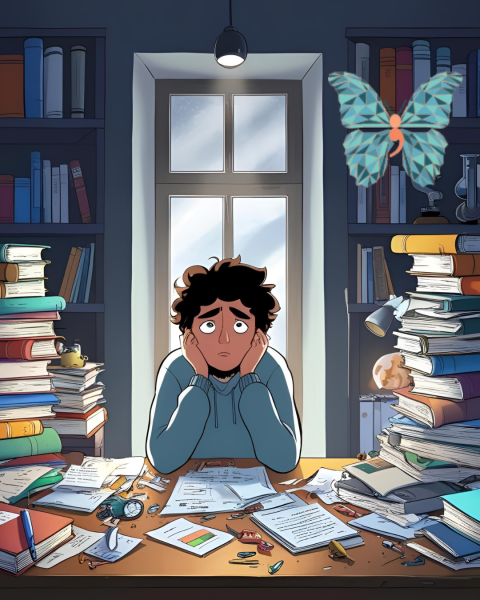Vaccine Disparities around the World
As COVID-19 cases go down in the United States and life slowly seems to be going back to its pre-pandemic ways, other countries are facing the opposite.
Countries like India, Argentina, Nepal, etc. have been experiencing a rapid rise of COVID-19 cases the past couple of months. This raises the question of why countries such as the United States, Italy, and the United Arab Emirates (UAE) are having their cases lower, while cases in other countries increase. The simple answer to this question is: the vaccine.
Many countries have/are experiencing a second wave of COVID-19, which can rapidly increase cases. But with the rise in cases, there is a lack of vaccines available. In India, about 12% of the population has received at least one vaccine dose, while in Chile, 54% of the population has received at least one vaccine dose.
Due to the rise in cases and lack of resources, other concerns arise. In India, there has been a shortage of antibiotics and oxygen, further worsening not only the virus, but other illnesses. Palestinians living under Israel-occupied areas are not able to get vaccinated. Uruguay, Argentina, Columbia, and Paraguay have all ranked in the top ten cases per 100,000 people. Those living in poverty might not be able to social distance.
On the other hand, many countries are experiencing the opposite. Many states in the United States are easing restrictions for masks, and more than 50% of Americans have at least gotten their first dose. In the UAE, 133 per 100 people have been dosed at least once. Italy, which was once the epicenter of the virus in Europe, have had their numbers decrease greatly. On June 1, there were zero reported coronavirus deaths for the first time in nearly a year for the United Kingdom.
It is safe to say that as more people are getting vaccinated in the United States and some other countries, case numbers will go down and things will return to pre-pandemic ways. However, it is also important to be mindful of the different situations in other countries, and that not all countries are experiencing the pandemic the same way that Americans are.
Your donation will support the student journalists of Watkins Mill High School. Your contribution will allow us to purchase equipment and cover our annual website hosting costs.
Mina Graham is a Senior at Watkins Mill High School. She is part of NHS, ACES, the Social Awareness Group (SAG), and plays varsity tennis. She has plans...
Ayslinn Villalta is a senior at Watkins Mill High School. She is News Managing Editor and webmaster for The Current. She is currently in the International...
Hawi Yohannes is a senior and is currently in the IB Diploma Program at Watkins Mill High School. She is a News Managing Editor at The Current. Hawi is...









